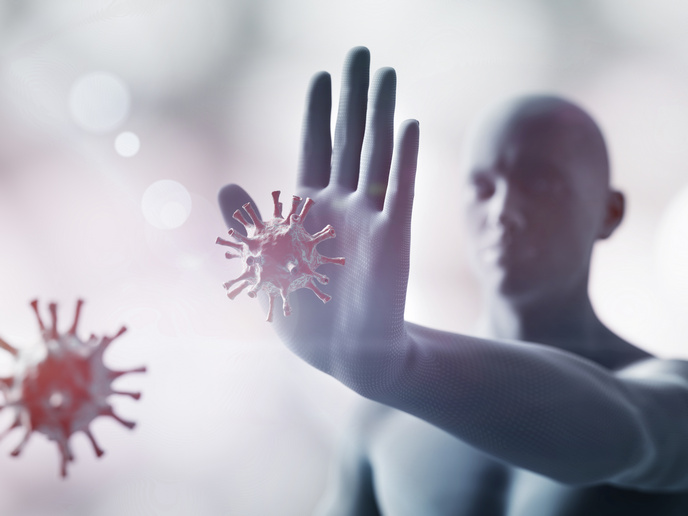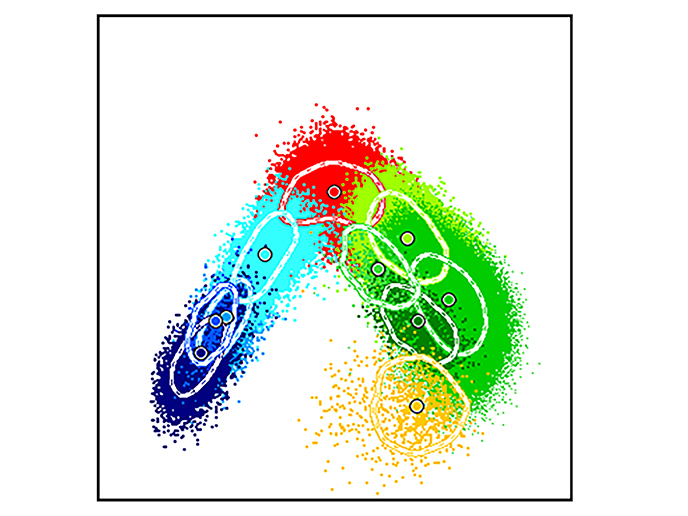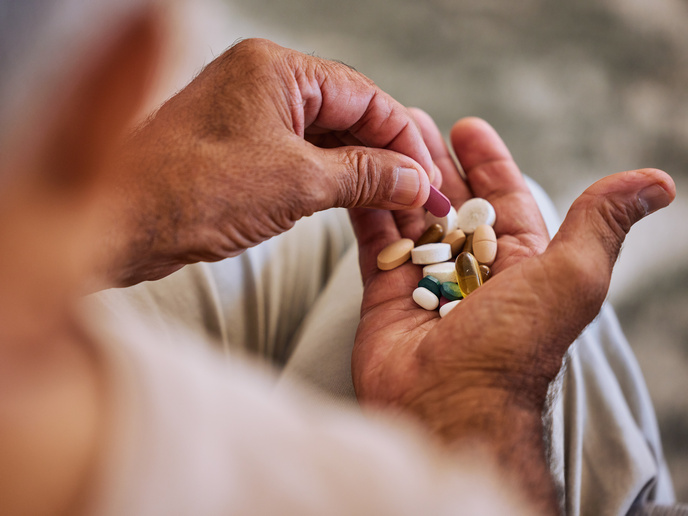Revealing the immune system’s hidden ‘refuelling stations’
To activate the body’s adaptive immune system, individual T-cells patrol specialised organs called lymph nodes searching for dendritic cells that have detected signs of infection. After infection, dendritic cells capture antigens from pathogens, displaying fragments of these on their surface. These antigenic determinants are recognised by T-cells, thereby initiating the immune response. After T-cells and dendritic cells have interacted for about 24 hours, the white blood cells, known as cytotoxic CD8 T-cells(opens in new window), have all the critical information and instructions needed for an adaptive immune response and so proliferate and differentiate. “Like warriors trained and cloned to rapidly form an army,” as Wolfgang Kastenmüller(opens in new window) from Julius Maximilian University of Würzburg(opens in new window) puts it. It had previously been thought that this finalised the immune system’s ‘priming’ process. However, recent data suggests that additional signals also need to be integrated but it was unknown which, when and how. “Proliferating CD8 T-cells are like vehicles on a road trip that need refuelling, and finding the refuelling stations is key to better understanding the immune response. Yet, experimentally shutting down potential stations was found not to stop the journey, so how does the refuelling happen?” asks Kastenmüller, coordinator of the EU-supported STEP 2 project set up to answer this question.
How to refill the tank without stopping the car
To investigate T-cell refuelling, the STEP 2 researchers microsurgically exposed the lymph node of an anaesthetised mouse, then used live imaging to monitor the continuous migration of the immune cells. The project focused on a specific area of the lymph node that had previously been inaccessible to light microscopy, a challenge surmounted by carefully removing obtrusive cells. Adapting their imaging approach enabled the team to discover that T-cells actually re-engage with their stimulatory partners – the dendritic cells – for a crucial second time, prolonging interaction for several hours. Having identified this extra stage, the behaviour of CD4 helper T-cells and regulatory T-cells(opens in new window) (Treg), both involved in T-cell activation, was examined. “We found that CD4 helper T-cells provided the signalling molecule cytokine IL-2, essential for CD8 T-cell proliferation at this second stage, while Treg restricted IL-2 availability. Maintaining the balance between these two cell types is key to controlling the CD8 T-cell immune response,” says Kastenmüller. The essential role of CD4 helper T-cells had long been underestimated, because earlier experiments disrupted both helper and Treg cells, effectively cancelling out their opposing effects. In the STEP 2 project, researchers developed a genetic mouse model that selectively targeted CD4 helper T-cells while leaving Treg intact.
The road to better immunotherapy
Treg cells are vital for a balanced immune system, preventing excessive inflammation after infections and protecting against autoimmunity. However, they may also limit immune responses to vaccines or, more crucially, to cancer. Better understanding their function is key to improving immunotherapy against cancer and persistent infections. Shedding further light on CD8 T-cell priming could improve the process by modulating the CD8 T-cells’ differentiation when they stop to refuel. “We discovered the hidden ‘refuelling station’, witnessing the extended refuelling and reorganising stops. We also now understand why shutting down refuelling stations didn’t matter, doing so disrupted overall traffic so the CD8 T-cells continued without stopping,” adds Kastenmüller. In cancer and chronic infections, CD8 T-cells gradually lose their function – a process called T-cell exhaustion, depleting their efficiency. The team is currently investigating which signals initiate this process, as well as when, where and how it occurs. The STEP 2 project was funded by the European Research Council(opens in new window).







